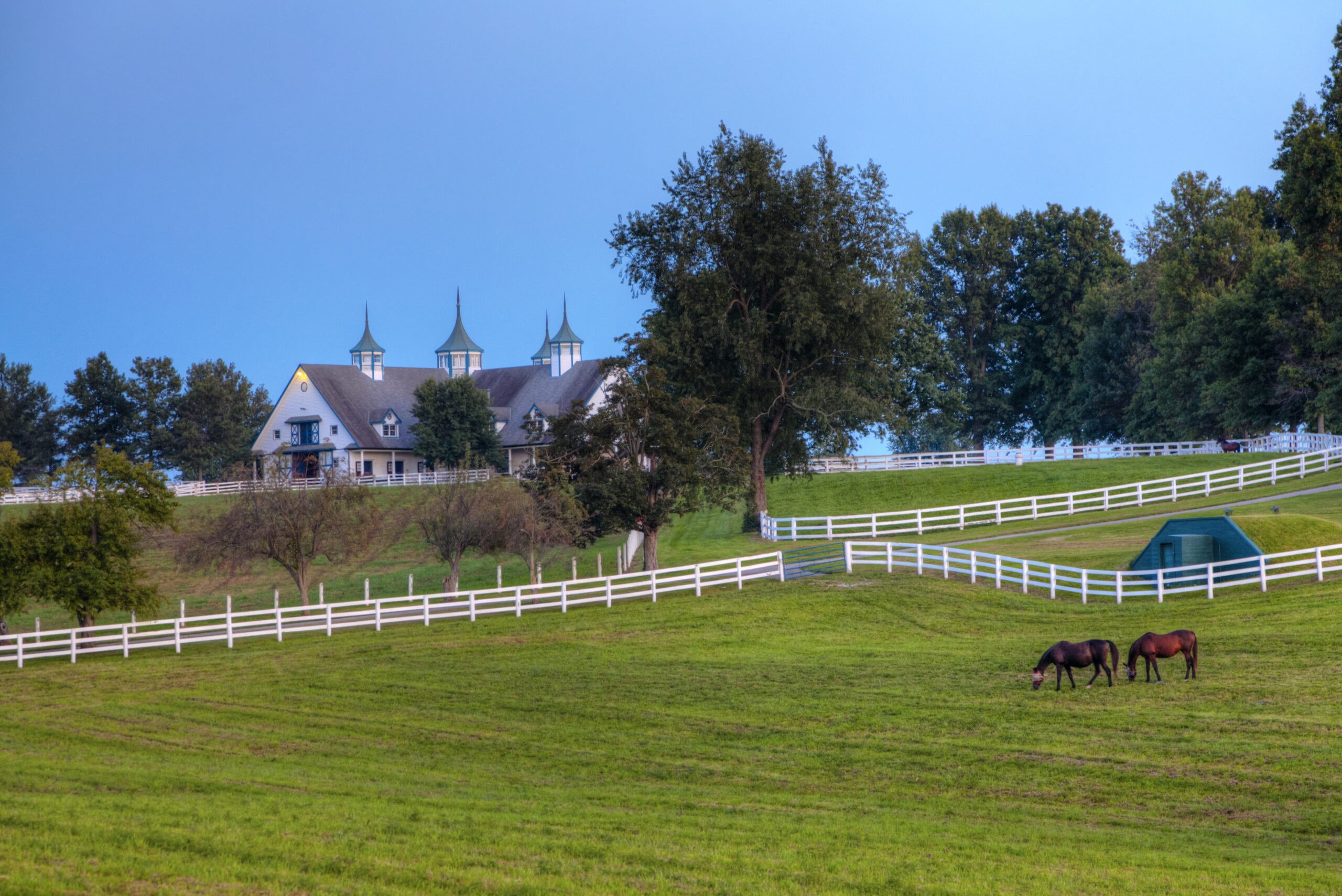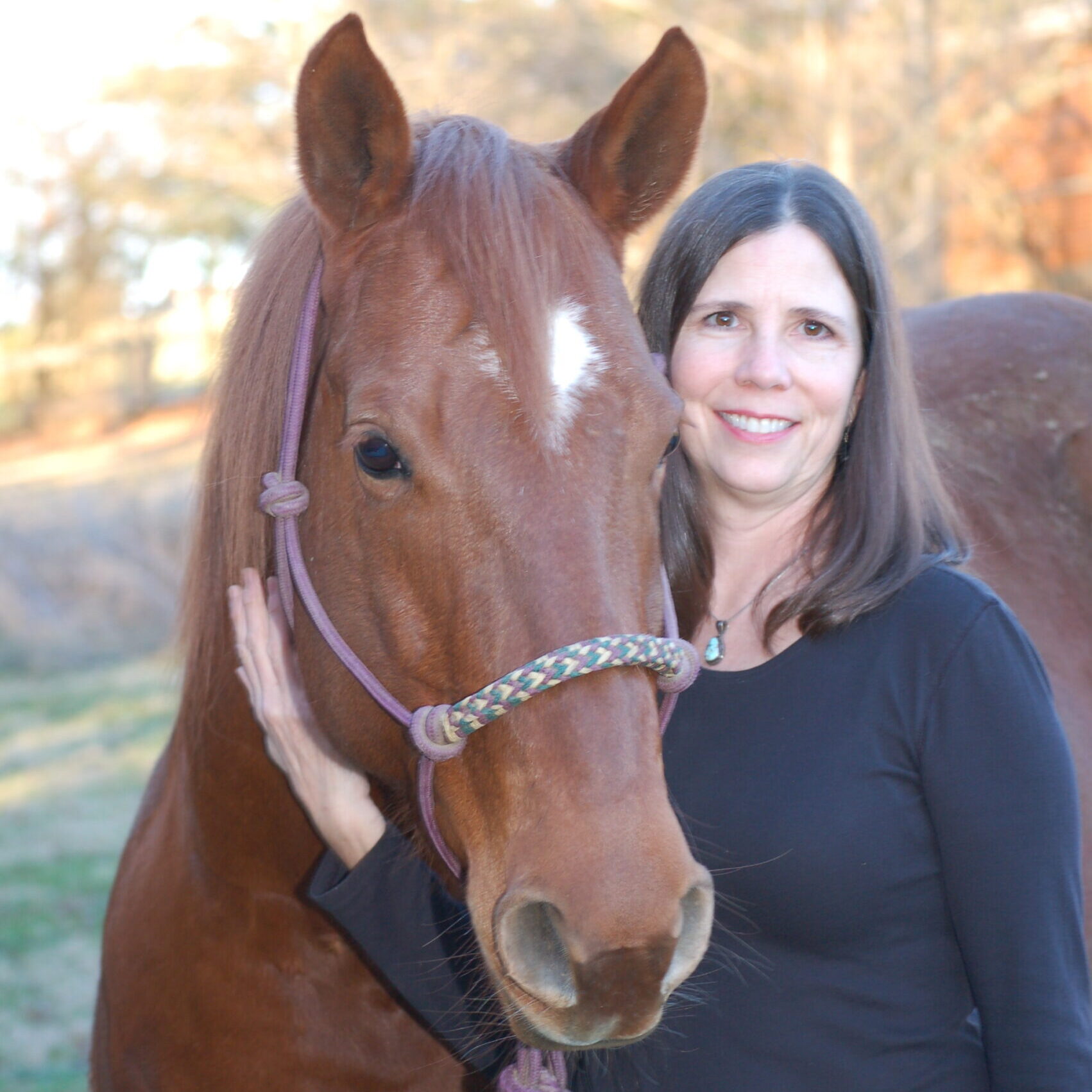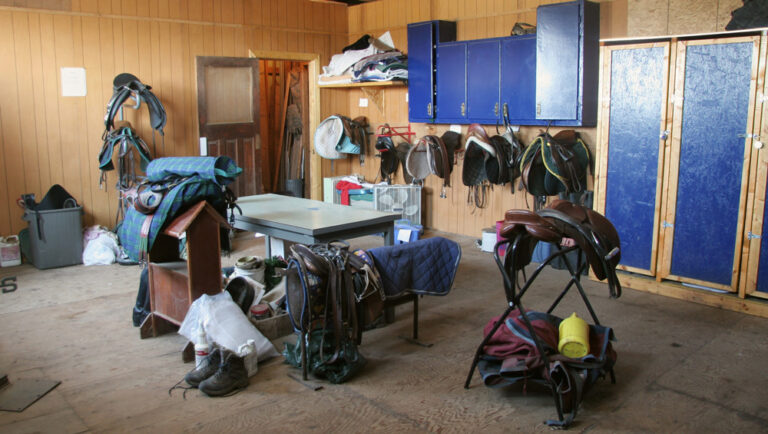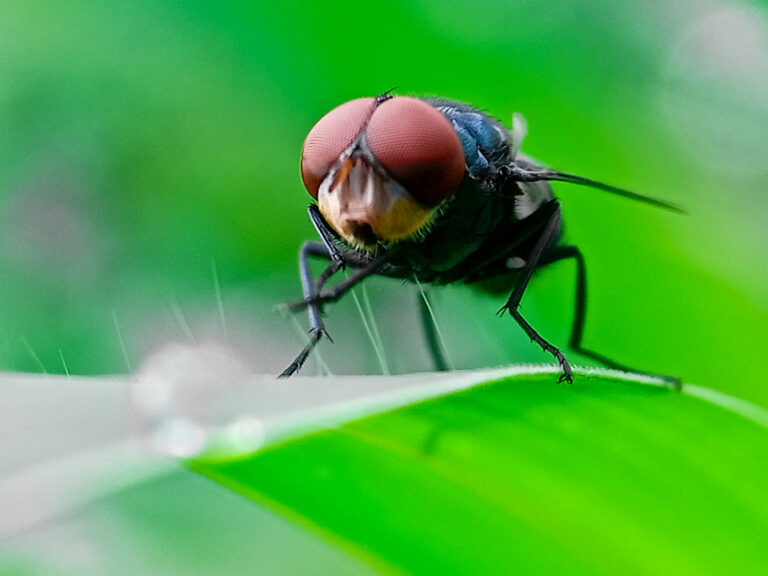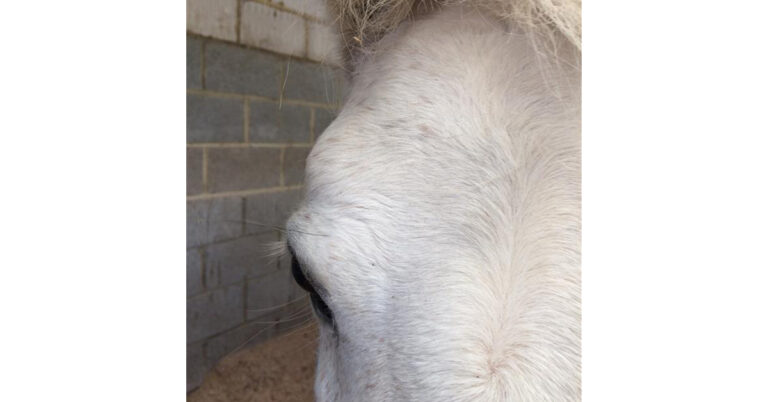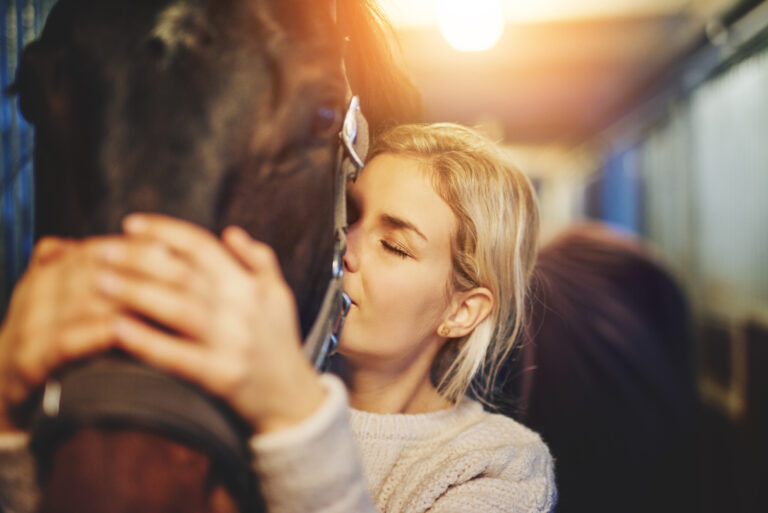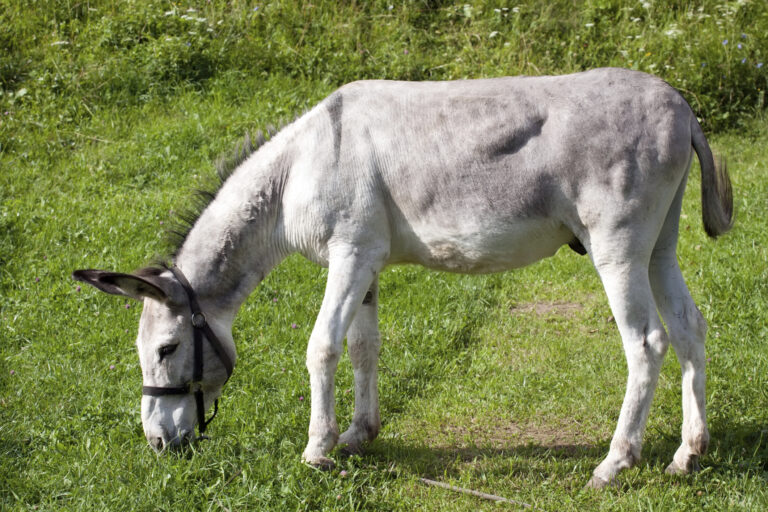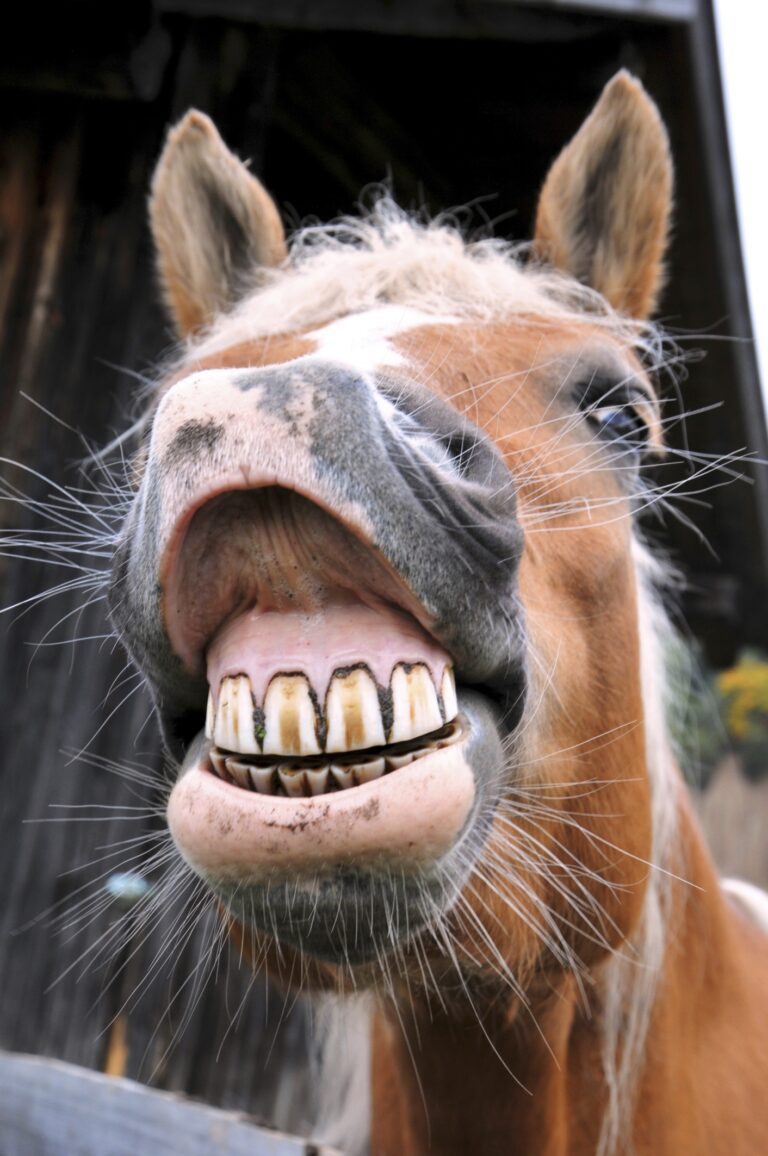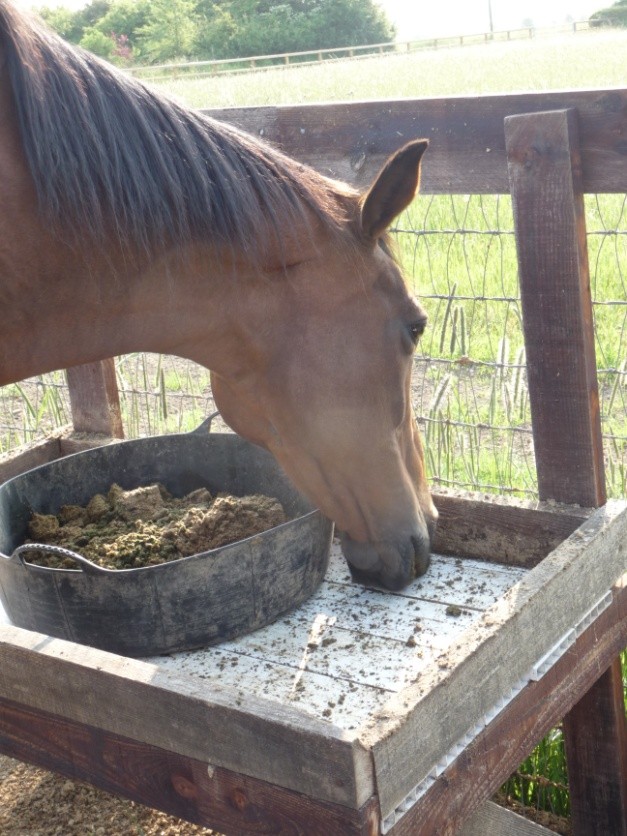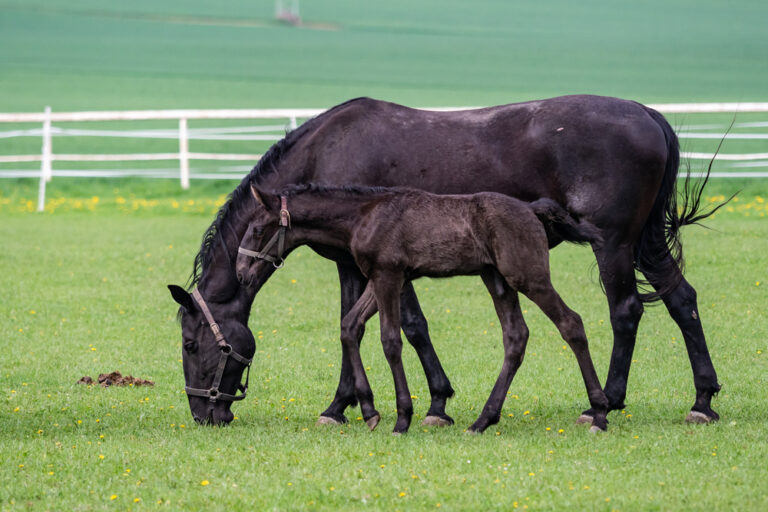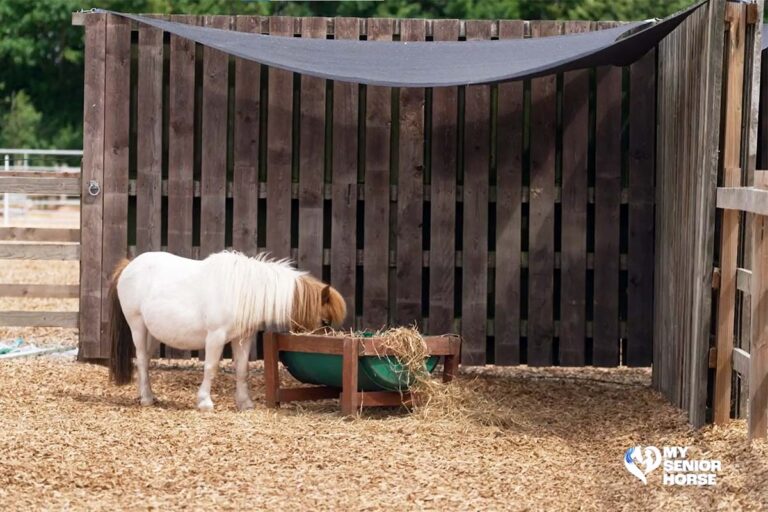Insulin dysregulated (ID) and non-insulin dysregulated (NID) horses can be affected by high NSC (non-structural carbohydrates) in pasture, according to research.
A new study on this topic titled “Effect of seasonal changes in pasture nonstructural carbohydrates on 24-hour insulin responses in horses with insulin dysregulation” was presented at the 6th Global Equine Endocrinology Society (GEES) meeting in 2025. Boehringer Ingelheim sponsored that meeting.
The presenting researcher was Morgan Askins, a graduate student in the Department of Veterinary Science, Gluck Equine Research Center, University of Kentucky. Other participating researchers were Pat Harris, Equine Studies Group, Waltham Petcare Science Institute, Waltham-on-the-Wolds, Leicestershire, England, United Kingdom; E. Jacquay, Department of Equine Studies, Midway University, Midway, Kentucky; B. Kerley and M. McClendon, Department of Veterinary Science, Gluck Equine Research Center; and Amanda Adams, Mars Equestrian Research Fellow, Department of Veterinary Science, Gluck Equine Research Center.
Hypothesis
The hypothesis of the researchers was that if, and when, the NSC content of fresh forage increases throughout the day, it will lead to augmented insulin responses in ID compared to non-ID horses.
Objectives
The objectives of this study were to:
- Determine changes in nutritive content of forage over 24 hours at two time points.
- Examine the influence of changes in fresh forage on insulin concentrations in ID and non-ID horses
Study Methods
The research used 12 mixed-breed, mixed-sex adult horses. Six mares and six geldings, aged 19 +/- 3.04 years, were included.
The horses were classified by endocrine status as being either ID or non-ID.
The group of horses was housed on pasture in Central Kentucky in late summer 2023 (Phase 1) and spring 2024 (Phase 2). Immediately following Phase 2, the ID horses were housed on a drylot with low-NSC hay (Phase 3).
Peripheral blood and pasture samples were collected every 2 hours for a 24-hour period starting at 7 a.m.
The same pasture was utilized in late summer and spring. Horses were moved onto the pasture 24 hours before sample collection started. Blood samples were analyzed for insulin.
Study Results Phases 1 and 2
No clinical signs of laminitis appeared in any of the study horses.
In Phase 1 on the late summer pasture, NSC peaked at 15.4% (at 7 p.m.). It then slowly decreased to 7.5% (5 a.m. the next day).
Serum insulin concentrations increased significantly in ID horses from baseline 7 a.m. at 101.2±53.4μIU/mL. Significantly elevated insulin levels occurred from 3-11 p.m.
The insulin increases measured by hour were:
- 3 p.m. (187.3±78.7μIU/mL)
- 5 p.m. (203.0±89.0μIU/mL
- 7 p.m. (226.1±86.0μIU/mL)
- 9 p.m. (216.3±88.7μIU/mL)
- 11 p.m. (215.8±84.2μIU/mL).
Starting with the reading at 11 p.m., the serum insulin concentrations began to decrease overnight. The researchers deemed that the safer turnout was from 5 a.m. to 11 a.m.
In spring 2024 with Phase 2, the pasture NSC levels stayed consistently high and ranged from 19.0-24.7%, with a peak at 7 p.m. This resulted in ID horses’ insulin remaining consistently high throughout the day (602.8±308.3μIU/mL).
Importantly, however, researchers also found that four of the six non-ID horses also showed a significant insulin response during the day.
Researchers also found that in the forage analysis for Phase 2 in the spring of 2024, the NSC levels were never below the currently recommended 10% NSC on DM basis. Therefore, they deemed turnout was not safe for ID horses on that type of pasture. They also suggested that the pasture might not be safe for many non-ID horses as it caused increases in insulin levels.
Askins pointed out that there was individual horse variability in response to NSC in pasture.
Study Results Phase 3
In this part of the study, the ID horses used in the first two studies were taken off of pasture immediately after Phase 2 and placed on a drylot with low NSC hay (8.9% dry matter basis). Researchers found that within 24 hours of being on the drylot, their insulin levels were reduced in general, but not for certain individuals.
However, while drylots with low NSC hay were effective in reducing insulin levels, there was individual variability in the extent and speed of the decrease.
Askins said it is “currently unknown at what NSC level ID horses’ insulin responses change from mirroring the NSC to remaining consistently high.”
Final Words
This study confirms that spring grass might not be suitable for ID horses and even for some non-ID individuals. Once again, monitoring is key.
Further Reading
- Feeding Horses and Ponies Prone to Laminitis, Part 1. Sarah Nelson. MySeniorHorse.com
- Feeding Horses and Ponies Prone to Laminitis, Part 2. Sarah Nelson. MySeniorHorse.com
- Equine Laminitis: Can You Spot the Signs. Sarah Nelson. MySeniorHorse.com
- 10 tips for Feeding Forage to Horses. Patricia A. Harris, MA, PhD, VetMB, MRCVS, RCVS. MySeniorHorse.com
- My Senior Horse Podcast: Insulin Dysregulation. Dr. Nicola Menzes-Gow. MySeniorHorse.com
- Possible New Equine Insulin Dysregulation Treatments. Kimberly S. Brown. MySeniorHorse.com
- The Role of Insulin in Equine Laminitis. Dr. Melody de Laat. MySeniorHorse.com
- Horse Breeds, PPID, and Insulin Dysregulation. Kimberly S. Brown. MySeniorHorse.com
- Possible New Insulin Dysregulation Treatments. Kimberly S. Brown. MySeniorHorse.com
- Owner Understanding of PPID in Horses. Kimberly S. Brown. MySeniorHorse.com
- What is Cushing’s Disease in Horses?
- Diagnosing Cushing’s Disease in Horses, Donkeys, and Mules
- Owner Understanding of Cushing’s Disease in Horses
- Developing a Feeding Plan for Your PPID Horse or Pony. Dr. Pat Harris. MySeniorHorse.com
- What is PPID and Why Should We Care? Dr. Hal Schott. MySeniorHorse.com
- My Senior Horse Podcast: PPID Part 1. Dr. Hal Schott. MySeniorHorse.com
- My Senior Horse Podcast: PPID Part 2. Dr. Hal Schott. MySeniorHorse.com
- My Senior Horse Podcast: PPID Part 3. Dr. Hal Schott. MySeniorHorse.com
-
View all posts
Kimberly S. Brown is an award-winning writer and publisher. She is the Editorial Director for My Senior Horse. Brown spent 10 years at Equine Network, parent company of My Senior Horse. Prior to that she worked for three years in equine nutrition after she retired from nearly 30 years working at The Blood-Horse. Brown spent the last 15 years of her time at that organization creating and developing The Horse and TheHorse.com.

